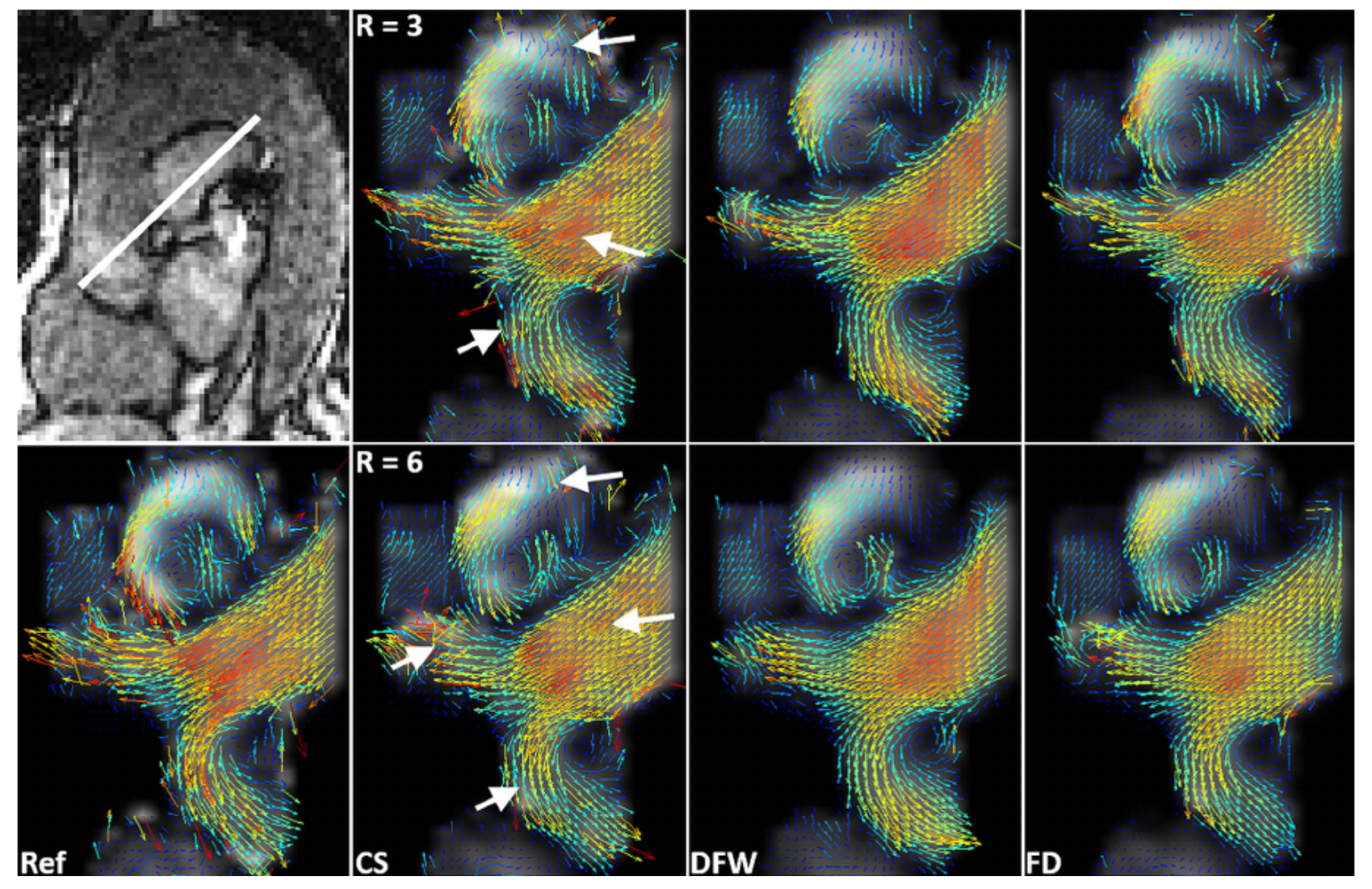 Welcome!
Welcome!
I am a research scientist at Stanford, primarily working in: MRI, image processing, machine learning, and algorithm/optimization design.
Below you will find summaries of some of my major projects:
Arbitrary Point Tracking in CMR Tagged Images
This work extends our tag tracking network in a unique way by utilizing the extra information provided by the synthetic training data. By training the network for arbitrary point locations (rather on taglines or tagline intersections), more points can be tracked giving better spatial localization of displacements and strain.

Code
Paper
Gradient Optimization Toolbox
The Gradient Optimization Toolbox is an effort to combine all of our findings on optimizing MR gradient waveforms into an open source software package. ADMM based methods (specifically SDMM with adaptive relaxation techniques) are used to very quickly (1-100ms) solve the problems for on the fly usage on a scanner.

Code
Paper
CMR Tag Tracking with Machine Learning
This work uses a deep learning neural network to track the motion of the heart in grid-tagged cardiac MR images. To train the network, only synthetic data was used from a custom designed simulation framework that can easily make millions of training datasets with randomized motion patterns. The network is seen to track the motion with high accuracy in volunteers and patients, with good cardiac strain measurements

Code
Paper
Optimized 4D Flow Pulse Sequene Design (CVXFlow)
This project utilized gradient waveform optimization and advanced RF pulse design to shorten the acquisition time of a 4D-flow acquisition by up to 35%. A peripheral nerve stimulation function is used as an inequality constraint which enables the hardware to use a dynamic slew rate that adjusts itself to the current PNS.

Code
Paper
Nonconvex Optimization for Multidirectional and Multi-Venc Flow Encoding
This work formulates the low-Venc phase unwrapping problem as a nonconvex optimization, allowing for better and more accurate combinations of the encoding data. It also leverages the magnitude data as a weighting vector in the optimization to "ignore" velocity encodes with too much intravoxel dephasing, or other errors.

Code
Paper
Virtual Injections with Probabilistic Streamlines and Displacement Corrections
This work creates virtual injection videos from 4D-Flow datasets. By integrating along the velocity data, the motion of particles are simulated with a set of constraints on fluid dynamics and our knowledge of the anatomy. This allows for injections to be simulated, as well as non-physiological effects such as "reverse" injections, where the particles are reversed to see where they come from.

Code
N-Dimensional Laplacian Unwrapping for 4D Flow Datasets
The phase of complex MR signal is used in a variety of imaging techniques, however when it is used quantitatively it is limited by the presence of phase wraps (when the measured value exceeds the −π to π dynamic range). This work introduces a phase unwrapping algorithm for high dimensionality data that leverages a Laplacian representation to perform the operation. Using FFTs for spectral analysis, the problem can be solved quickly and automatically, with very good unwrapping performance.

Code
Paper
Divergence Minimization as a Phase Regularization in Compressed Sensing for Flow Imaging
This work introduces the use of a divergence constrain in a compressed sensing optimization of velocity encoded MR images. Using separate magnitude and phase regularization, the magnitude of the dataset is regularized with a traditional ℓ1 constraint, while the phase regularizer minimizes the ℓ1 of the velocity divergence. This allows for a greater weighting, and better regularization because blood is known to be mostly incompressible, so the velocity field should be completely divergence free.

Paper

 Welcome!
Welcome!






